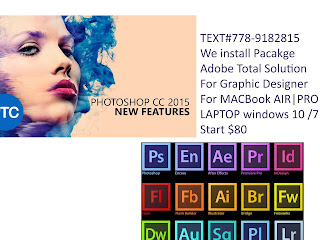
For example, one TV format that has been a standard for the past decades is a 4:3 size ratio, meaning that the width of your scene has to be an equivalent of 4 units compared to 3 units for the height.

If you want to export your project for the theatre, you will need to create your project using a large format so the image is of a high quality and looks good on the big screen.Īlso, some display media such as iPod, TV or theatre have an exact format requirement. The larger the images are, the heavier the project is, but also, the better the quality.
#Open a flash file in toon boom studio movie
For example, if you want to put your project on the web, you will probably export your movie as a small size so that it is light to play back once it is on the web. If you zoom in close enough on a digital image, you will see the pixels they look like small squares of different colours and intensity.ĭepending on the type of project you want to do, you will need a different image size. It is a small sample of an image, a dot, a square or a very small section made out of smooth filtering. Pixel, short for Picture Element, is a single point in a graphic image. A pixel is the smallest element of an image displayed on a monitor or TV screen. You may not be familiar with the term pixel, but you have probably seen it when you magnify a digital photograph. The format of your project is the size of your camera frame in pixels.

An image can also be called a frame, therefore the frame rate is the number of frames you play per second in your animation. You need a minimum of 12 images per second, any slower than that and the animation becomes jumpy. To get a fluid movement between the drawings you need several images per second. If they don't, you will have a jumpy animation which won't look good. When you create an animation, the images you animate must move fluidly to produce the correct effect. Opening a Project File from Another Toon Boom Product


 0 kommentar(er)
0 kommentar(er)
